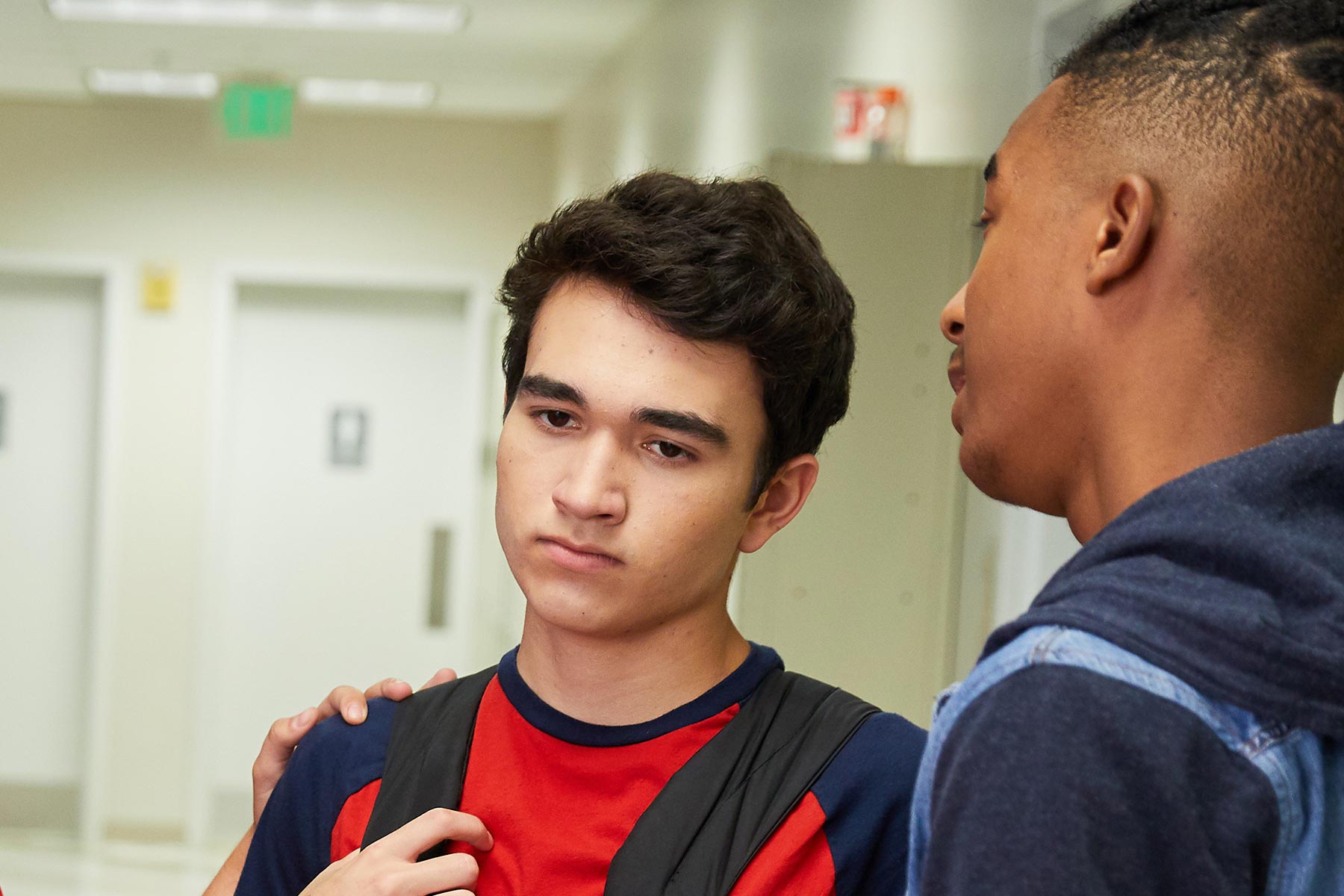Stress is a necessary—and sometimes positive—force in a child’s life. The nervousness they feel before stepping up to the block at a swim meet will help them ace that job interview in another decade. The demands of school will prepare them for the demands of a career. And so on.
But for kids and adults alike, stress can easily overflow and become unhealthy. Here’s how to tell when your child is overly stressed out—and what you can do to help.
The difference between good and bad stress
Let’s start with the good: “Good stress is motivating and beneficial,” says Jody Baumstein, a licensed therapist with Children’s Healthcare of Atlanta Strong4Life. “It helps us to learn, grow, be productive and meet daily goals.” For kids, good stress might be joining a sports team, running for a student council position or adjusting to the birth of a sibling.
Bad stress often comes from bad situations: a family conflict, bullying or scary world events (e.g., school shootings), to name a few. It can also happen when otherwise good stress—such as the desire to do well in school—spirals out of control.
Good and bad stress can have a similar effect on the body. “Kids might have an elevated heart rate if they find out they are going on an exciting family vacation and … when they hear their parents argue,” says Baumstein. Read on for how to recognize unhealthy stress.
dad talking to stressed daughter
Signs your child is stressed out
Bad stress can release mood-altering hormones, making a child feel irritable and detached. But not everyone shows stress in the same way—or even the same way from day to day. Look out for changes in a child’s behavior, such as:
Difficulty concentrating
Irritability
Fatigue
Disrupted sleep
Excessive worrying
Chronic headaches or stomachaches
Avoidance of school or other activities your child used to enjoy
Emotional eating
Because all kids are different, watch for changes in your own child’s behavior patterns, says Baumstein.
kids having dance party
Teaching healthy coping skills
Not everyone is born with that chin-up attitude toward challenges, but everyone can learn skills to make them more resilient (able to handle life’s ups and downs). Baumstein shares a few of her favorites:
Physical activity! Stretch, go for a walk or put on some music and dance
Practicing deep breathing
Progressive muscle relaxation
Journaling, singing, drawing or other creative outlets
Guided imagery
Practice these activities with your child. If you notice she had a rough day at school, go for a walk, play a game or take deep breaths together. Come up with a list of coping skills and try them out as a family.

